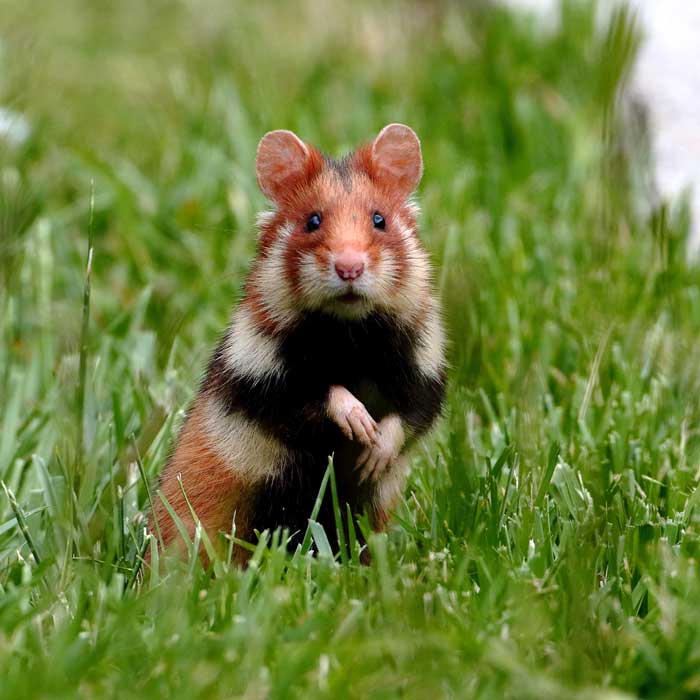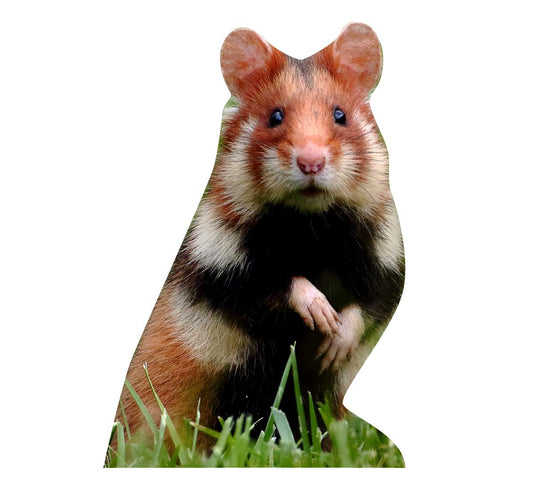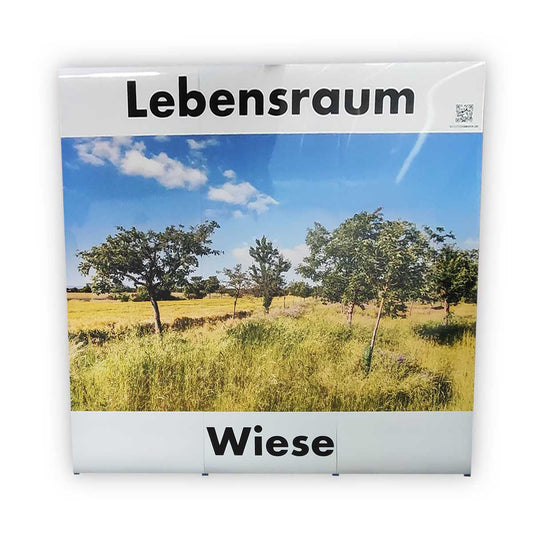
Field hamster
The European hamster, a characteristic rodent of open landscapes, is critically endangered and requires urgent conservation measures to ensure its survival. This fact sheet provides a detailed overview of the biology and ecology of the European hamster and highlights the urgency of protecting its habitats and preserving its populations.
Field hamster Products
-
Animal display wild hamster
No reviewsRegular price From 12,90€Regular priceUnit price / per12,90€Sale price From 12,90€ -
Pop-Up Wall "Forest Habitat"
No reviewsRegular price 300,00€Regular priceUnit price / per -
Pop-Up Wall "Forest Habitat"
No reviewsRegular price From 1.200,00€Regular priceUnit price / per -
Wildlife Sticker Set
No reviewsRegular price From 9,90€Regular priceUnit price / per -
Animal display field hamster - outdoor set
No reviewsRegular price 20,70€Regular priceUnit price / per12,90€Sale price 20,70€
Profile: Field hamster
-
Scientific classification
- Class: Mammalia (mammals)
- Order: Rodentia (rodents)
- Family: Cricetidae (Cricetidae)
- Genus: Cricetus
- Species: C. cricetus (European hamster)
-
Physical characteristics
- Size: Body length of 20-35 cm
- Weight: 200-600 g
- Special features: Compact body, short legs, short tail, yellowish-brown fur with white belly sides and black cheek stripes.
-
Habitat and distribution
- Common regions: Europe, especially Eastern Europe, formerly also in Germany, today highly endangered.
- Habitat: Open landscapes such as fields, meadows, steppes and semi-deserts; prefers dry, sandy soils for the construction of burrows.
-
Nutrition
- Diet: Herbivore
- Typical food: grains, seeds, roots, grasses, herbs, occasionally insects.
-
Reproduction and lifestyle
- Mating season: Spring
- Gestation period: Approx. 3 weeks
- Litter size: 5-15 young per litter
- Brood care: Females are solely responsible for raising the young.
- Social structure: Mostly solitary, outside of the mating season.
-
Lifespan and protection status
- Life expectancy: Up to 3 years in the wild
- Endangered status: Critically endangered due to habitat loss, intensive agriculture and hunting.
- Conservation measures: preservation and protection of field margins, extensive agriculture, protection of breeding areas.





